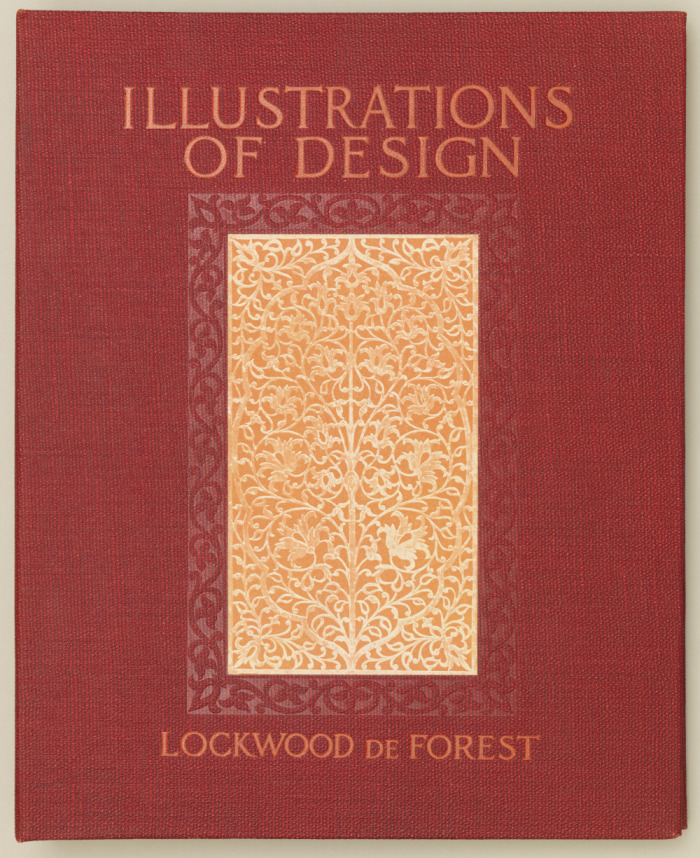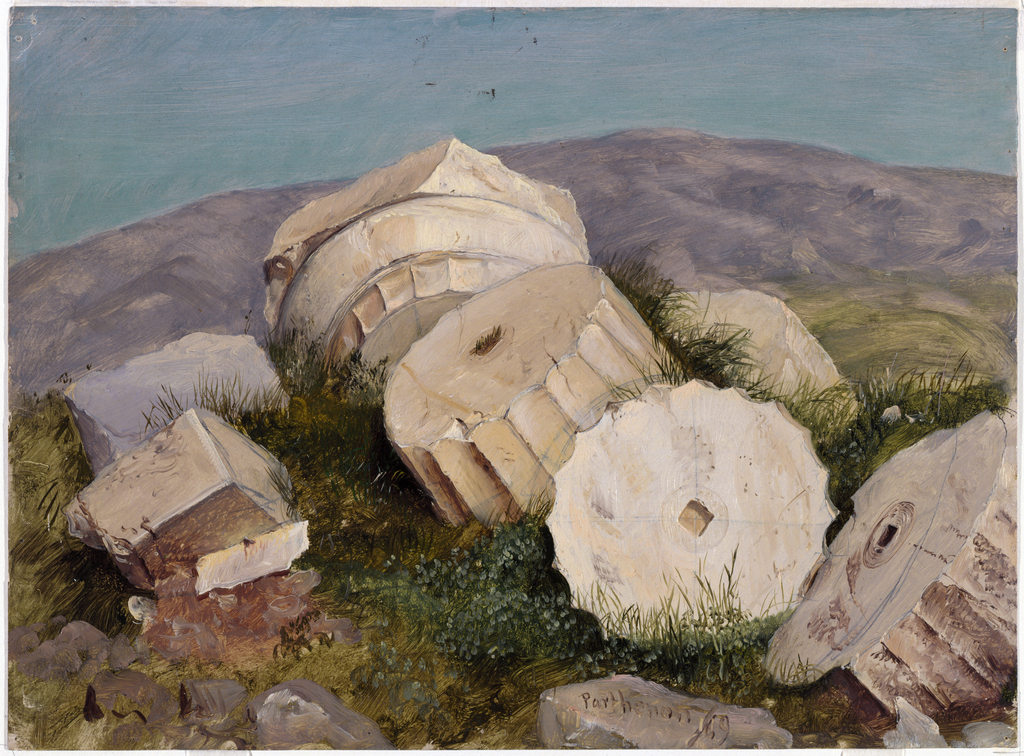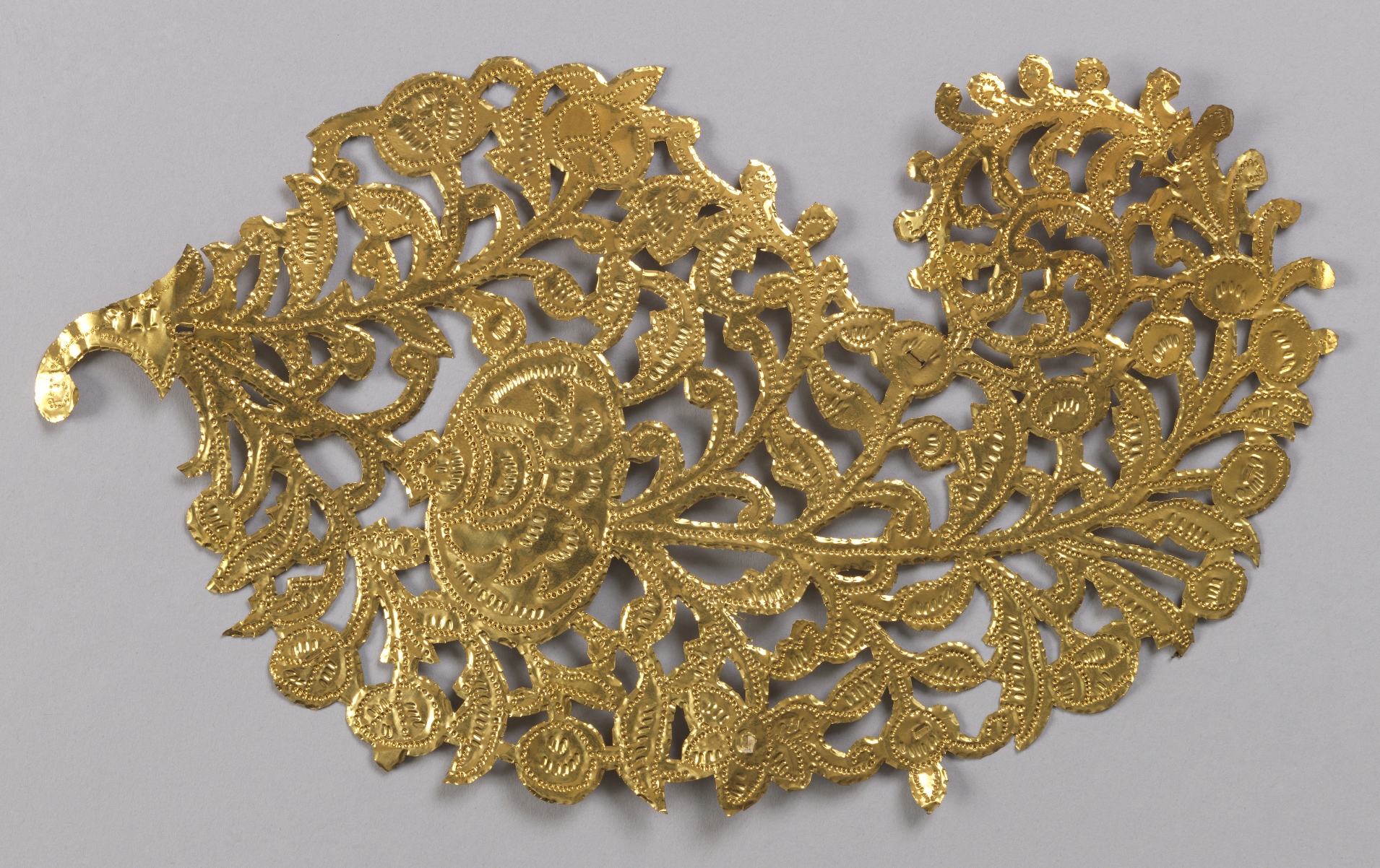Join Cooper Hewitt curators Sarah Coffin and Gail Davidson, and Lockwood de Forest scholar Roberta Mayer for three presentations celebrating the Carnegie Mansion’s newly restored Teak Room. Topics covered will include De Forest’s clients and earlier commissions, his relationship with Frederic Church, his interest in India and sources for the Teak Room commission.
This publication was written by Lockwood de Forest during the years of his retirement from decorating after moving permanently to Santa Barbara, California. As he says in the preface, de Forest wrote the book for design teachers so they could teach the principles of Indian design to students, helping them generate pattern through using certain...
The landscape painter Frederic Church built his reputation on grand exhibition paintings of awesome views that for many mid-century Americans expressed a divine presence in the world. In search of majestic scenery, he traveled to South America (1853 and 1857), Jamaica (1865), and in 1868 to 1869, he, with his wife Isabel, their young son,...
While slated to become a lawyer like his father and two brothers in the family firm of Weeks & de Forest, Lockwood de Forest as a young adult aspired to a career in painting. He was related by marriage to the celebrated and very successful landscape painter Frederic E. Church and the de Forest family socialized...
This brass foil decoration in what we know as a paisley form represents an example of the designs created by Lockwood de Forest, the foremost exponent of Indian design in America during the last quarter of the nineteenth and early twentieth centuries. De Forest went to India in 1881 on his honeymoon to see first-hand...




